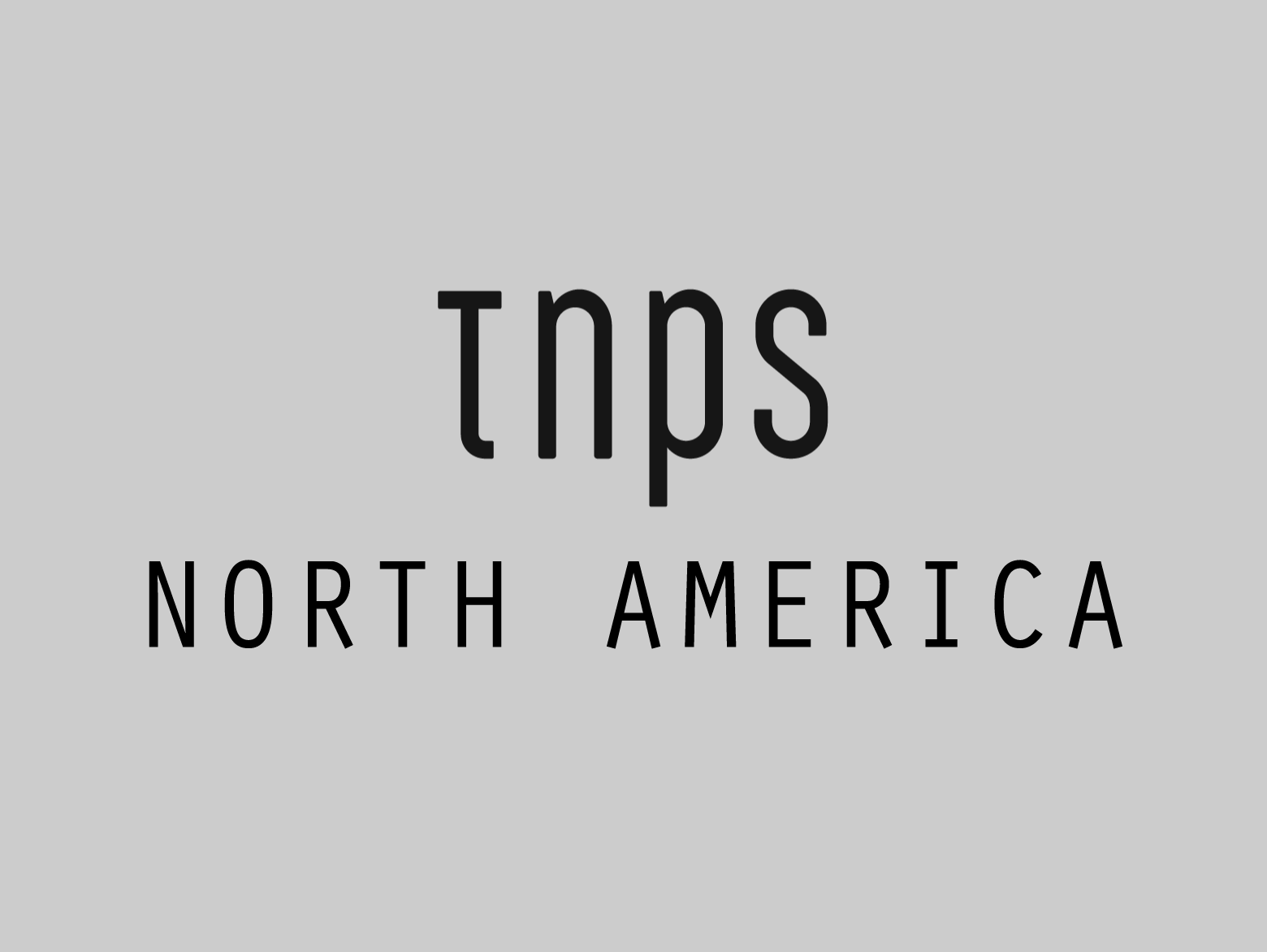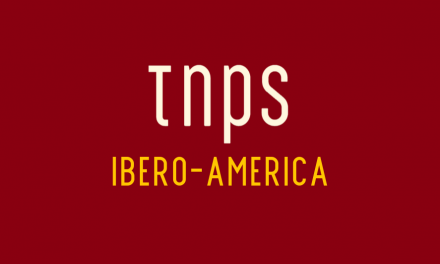At TNPS the focus is on international publishing, but we occasionally offer perspectives on the US and UK for context. In response to requests from our subscribers outside the US and UK for more coverage of these markets we’ll try bring a regular summary of key reports from the US and UK trade journals.
Today we look at the latest results from Pearson and Scholastic.
Scholastic sales down 40 percent thanks to school closures, but trade sales surged 45%
Scholastic is perhaps best known globally for its children’s and YA titles, not least JK Rowling’s Harry Potter series and Dav Pilkey’s Dog Man series, and Scholastic’s trade titles have it seems performed admirably during the pandemic.
But another arm of Scholastic is school book fairs, and unsurprisingly the pandemic-induced school closures have hit the company hard.
Scholastic reported fourth quarter and full-year results for the period ending May 31 on Thursday afternoon. As expected, school closures due to coronavirus weighed heavily on their performance for the quarter, with overall sales of $284 million, down 40 percent compared to $471 million last year. Trade sales, however, surged to $80.4 million from $55.4 million last year — led by the big release of Suzanne Collins’ The Ballad of Songbirds and Snakes, plus continuing sales for Dav Pilkey’s Dog Man books, and Raina Telgemeier’s Guts, but also boosted in general by the early lockdown surge in educational books for children.
But those gains fell short next to the evaporation of school book fairs, where sales fell to $32 million from $156 million as a result of school closures, as well as the decline in book clubs, registering $19.5 million, compared to $47 million a year ago.
Fourth quarter revenues in the children’s book publishing and distribution segment fell $127 million, or 49 percent, to $132 million. International and education sales declined 39 percent and 20 percent respectively.
For the year, overall sales were $1.49 billion, down from $1.65 billion in the prior year, with most of the decline coming in the fourth quarter. Operating income was $(88.5) million, down from $25 million. Trade sales reached $335 million, up from $278 million, the bright spot in what was otherwise a year of decline for the company.
Read more at Publishers Lunch.
Pearson sees revenue fall 19% amid school closures and “lower-priced digital products”
Pearson’s January –June 2020 performance at first glance not good news, with,
underlying revenue down 17% on prior year largely due to COVID-19 (reflecting) test centre and school closures in Global Assessment and International (but) after deterioration from March to May we saw improving sales trends in June.
Meanwhile digital is the theme throughout the more positive elements of the Pearson half year review. For example, Global Online Learning sales grew 5%,
due to strong enrolments in new and existing schools in Virtual Schools and slight revenue growth in OPM with good growth in continuing programs offset by discontinued programmes.
A 14% decline in North American Courseware was,
in line with expectations due to the continuation of trends seen in 2019, and a modest impact from the closure of campus-based bookstores.
…
In Virtual Schools we saw a 61% increase in applications for the 2020/2021 academic year compared to the first half last year. • Growth in the VUE Online Proctoring offering, where testing volumes grew to 580,000 compared to 66,000 in H1 2019.
…The digital roadmap is on track with the launch of additional Revel titles on the Pearson Learning Platform (PLP) for back to school, enhancing the faculty and student experience. We are also launching a direct to learner storefront offering that will enable learners to easily find, subscribe to, and access their digital texts directly from Pearson.
We have accelerated the shift to digital in Higher Education Courseware with digital registrations including eBooks up by 5% showing signs of secondary market recapture.
Global Online Learning – will benefit from higher Virtual Schools revenue following strong growth in applications with OPM in line with expectations.
Pearson concludes:
Uncertainty remains, but the purpose, grit, speed and ingenuity shown by Pearson colleagues is helping educators and learners around the world to adapt to the pandemic and will ensure that the company itself emerges stronger from it. The long-term shift to online learning is accelerating. The lead indicators of digital take up of our products are encouraging.
Full press release here.





